Understanding Fire Hazards and Safety Measures
1/37
There's no tags or description
Looks like no tags are added yet.
Name | Mastery | Learn | Test | Matching | Spaced |
|---|
No study sessions yet.
38 Terms
FIRE
It is the process that involves the rapid oxidation of objects at elevated temperatures which produces smoke, heat, and light.
Fire Hazards
Conditions that favor fire development or growth.
FIRE TRIANGLE
illustrates the three elements a fire needs to ignite: fuel to be burned, oxygen to aid in combustion, and heat to raise the fuel to its ignition point.
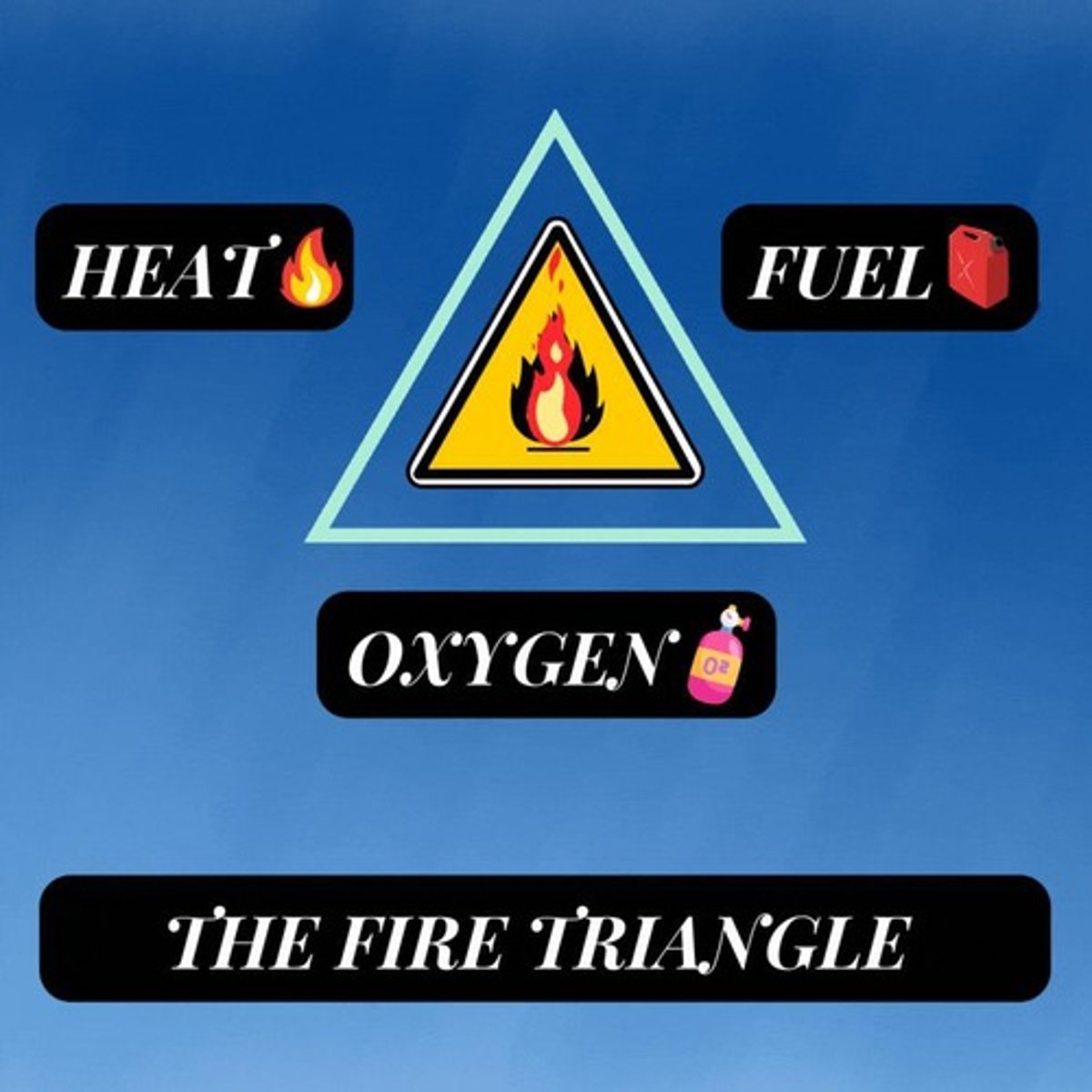
FIRE TETRAHEDRON
adds another component
the chain of chemical reactions to the fire triangle.
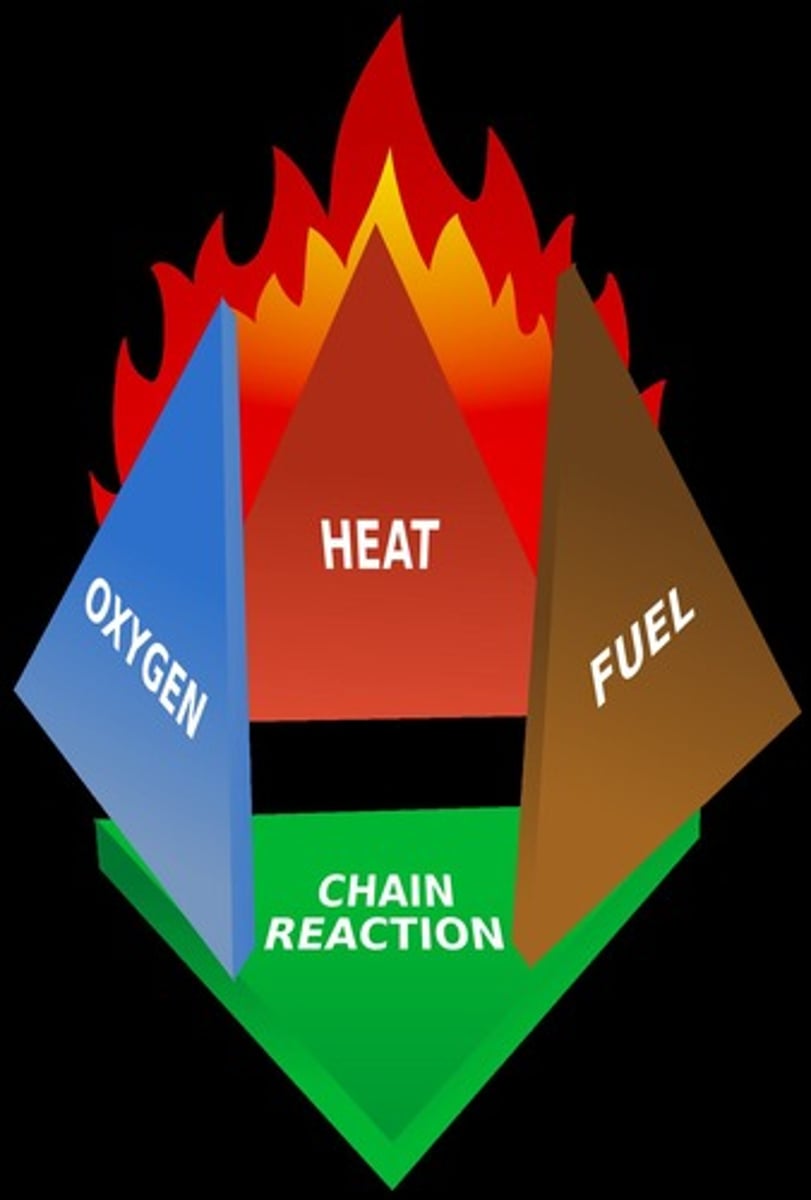
Source of ignition
Spark, flame and high temperature are needed.
Class A
Fires that involve ordinary combustibles such as wood, paper, and cloth.
Class B
Fires that involve flammable liquids, gases, and greases.
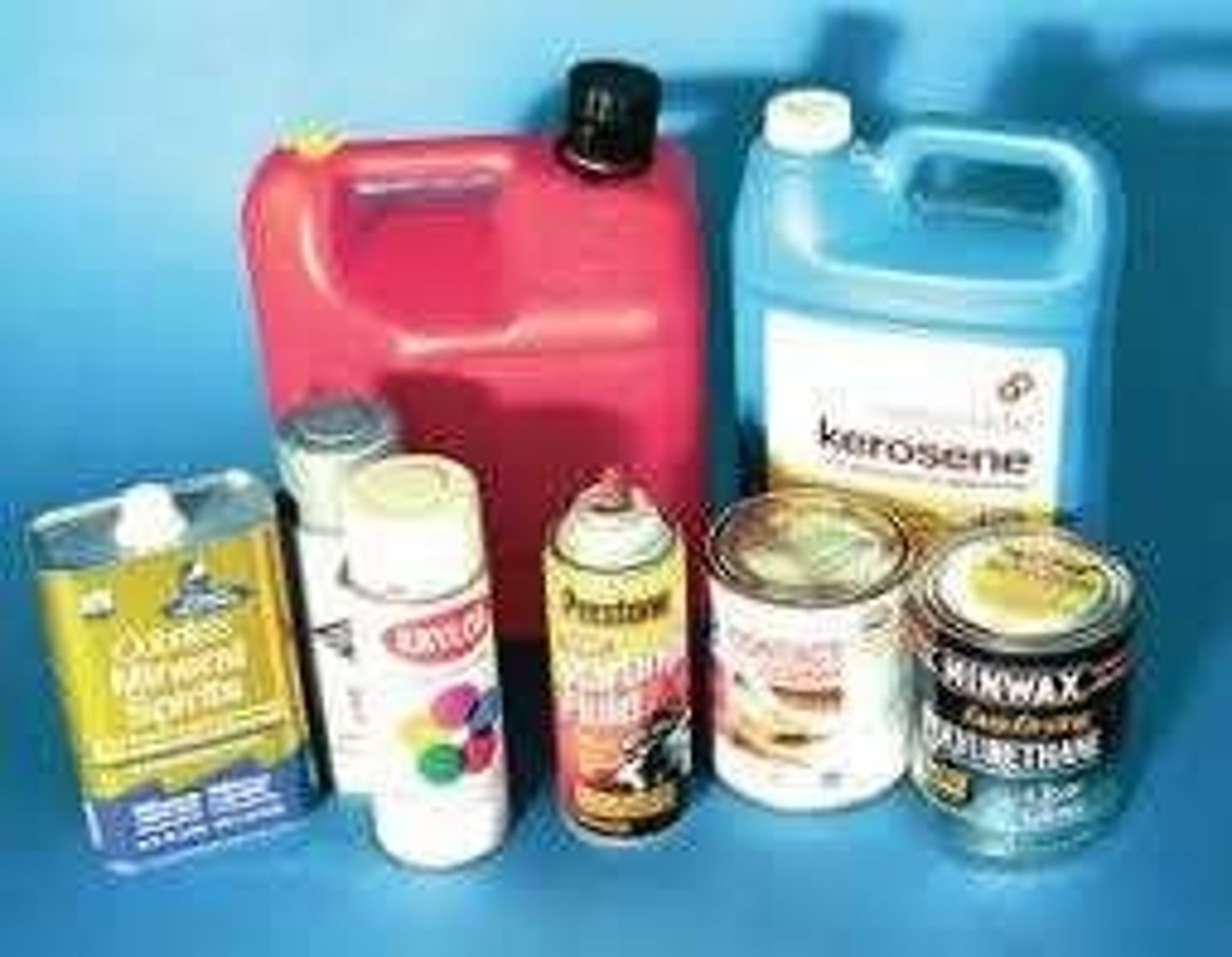
Class C
Fires that involve electrical equipment.
Class D
Fires that involve combustible metals.
Class K
Fires that involve cooking oils and fats.
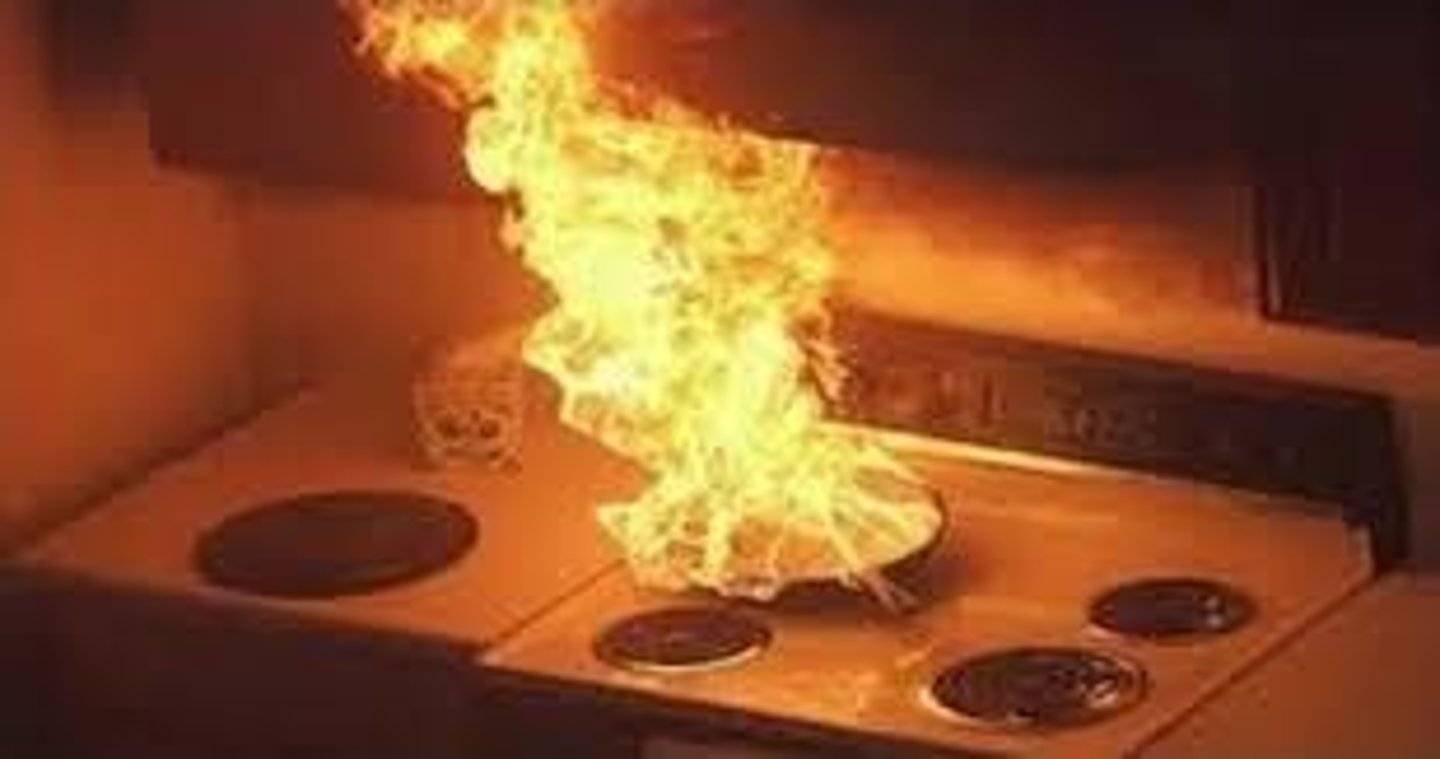
FIRE EXTINGUISHER
A device used to extinguish small fires.
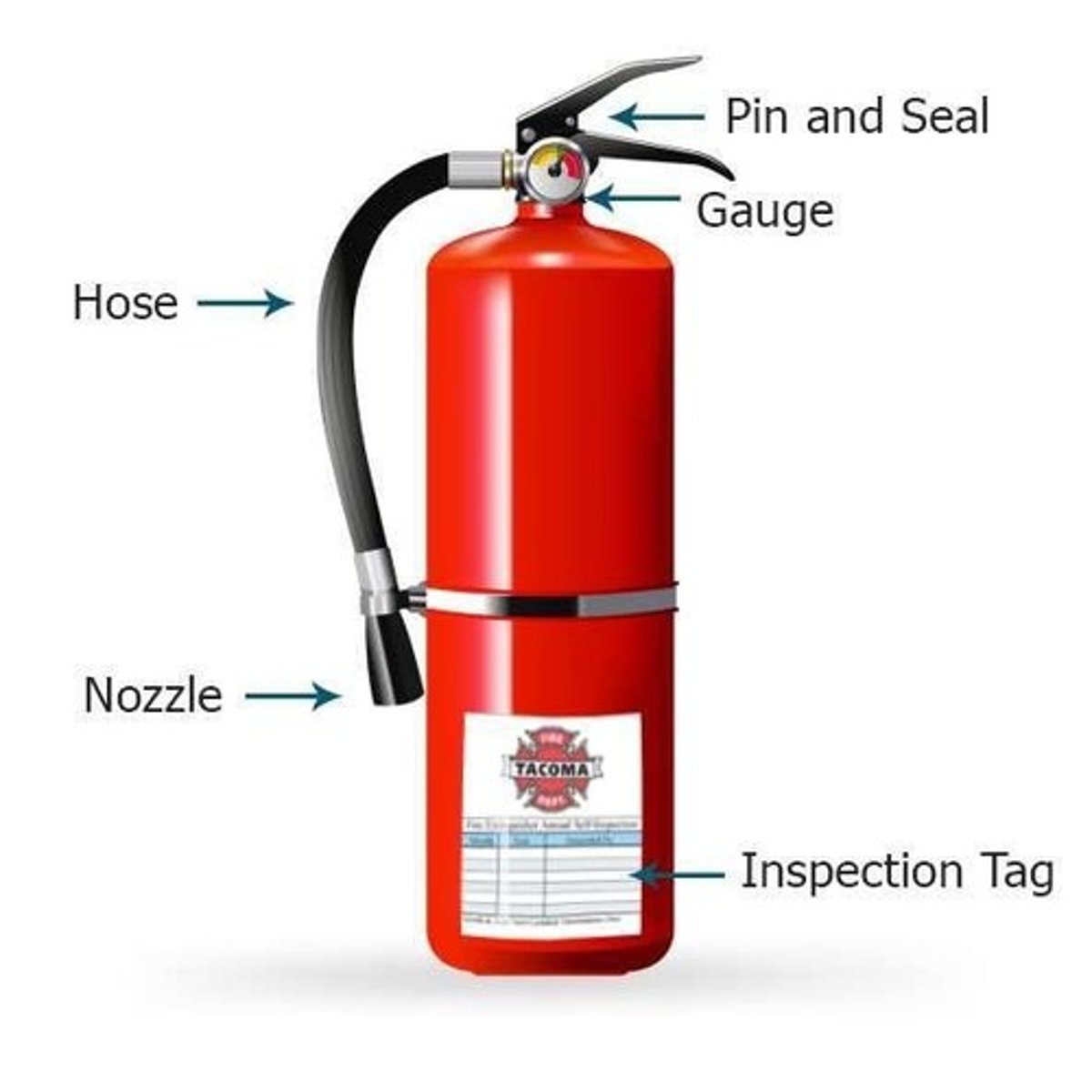
PTPASS Technique
Position yourself with your back towards the exit, Twist and break the lock, Pull the pin, Aim the nozzle at the base of fire, Squeeze the lever, Sweep the nozzle side to side.
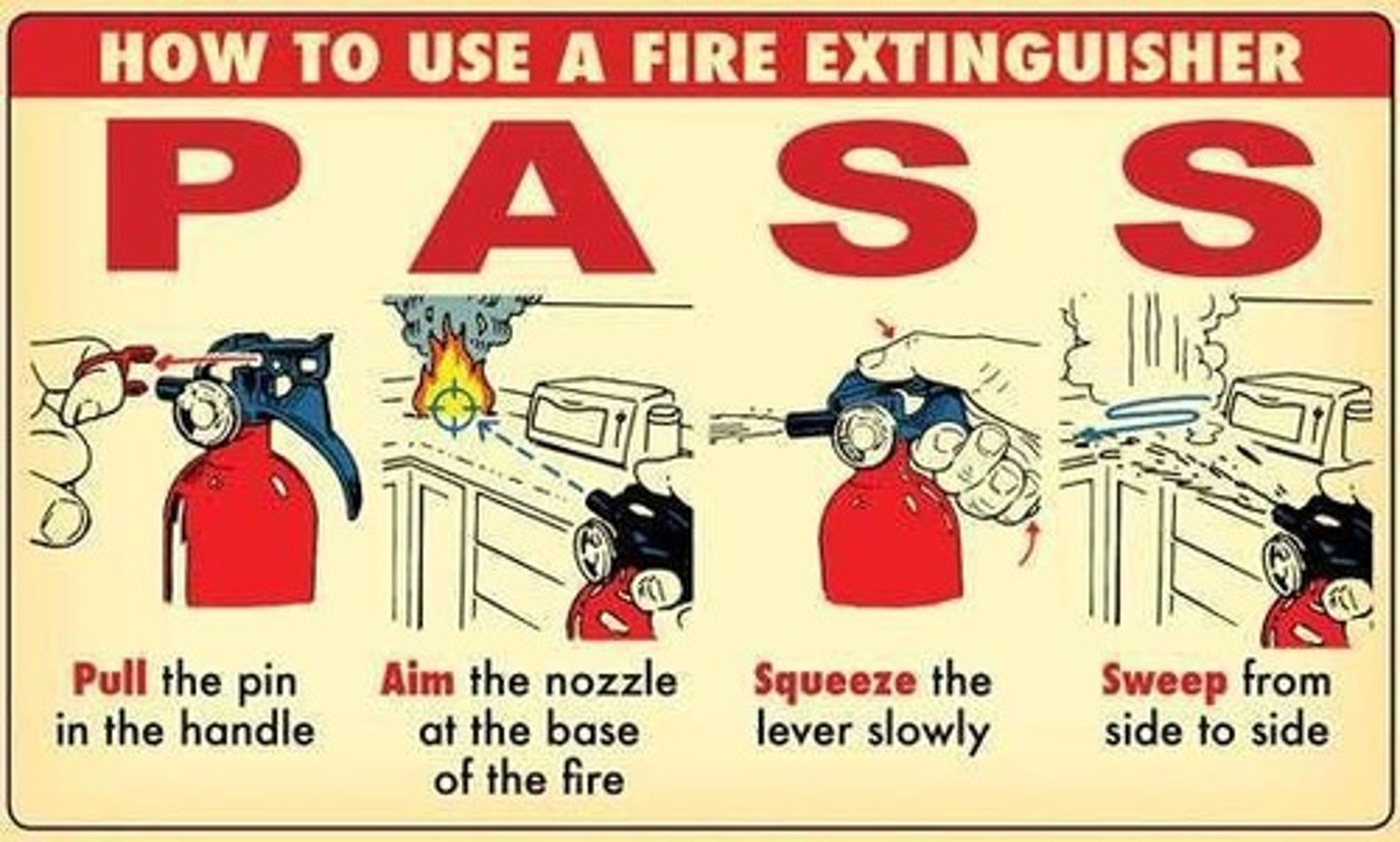
Growth and Speed of Fire
Fire ignites and grows rapidly, with significant temperature increases and smoke filling the room within minutes.
1:35
Smoke layer descends rapidly, temperature exceeds 190°F or 88°C.
2:30
Temperature above couch over 400°F or 204°C.
3:03
Temperature three feet above floor in room of origin is over 500°F or 260°C.
Flashover
Energy in room of origin ignites everything
temperature is 1400°F and 760°F.
Ignition Phase
The three components of the fire triangle - fuel, oxygen, and heat - join together in a sustained chemical reaction. Fire at this stage can be put out by a fire extinguisher. This phase is usually the first minute of a fire.
Growth Phase/Incipient Phase
From the flame in the ignition stage as a heat source, additional fuel from the surrounding material ignites. Heat transfer via convection and radiation spread the heat, thereby igniting more surfaces.
Fully-Developed Phase/Free-Burning Phase
At this stage of the fire, convection through the rising of heated gases carries the heat to the ceiling or the upper regions of the confined space.
Decay Phase/Burnout Phase
If the area where the fire is confined or the fire consumes all the available fuel, fire slowly becomes less intense. However, this stage is still dangerous because burning embers might still be present, and the heat remains in the room.
Smoke Detectors
Require a flow of air in order to work well.
Heat Detectors
Detect fires where there is no smoke activated by the significant increase of temperature associated with fire.
Flame Detectors
React to the movement of flames.
Fire Department Actions
Call the fire department. Begin evacuating others. Turn off the gas valve to prevent escalation.
Meeting Place
Meet at the preassigned meeting place. Make sure that all persons have safely escaped.
Informing Firefighters
When the fire department arrives, inform a firefighter if anyone is missing; do not reenter the building yourself.
Regular Equipment Checks
Regularly check electrical equipment.
Fire Safety Equipment Maintenance
Maintain proper fire safety equipment.
Fire Extinguishing Steps
Follow correct steps to put out fires and evacuate the building.
Smoke Thickness
The smoke is extremely thick.
Fire Intensity
The fire is too hot for you to get close enough to fight it effectively.
Fire Size
The fire is greater than 3 feet across.
Hazardous Substances
There are potentially hazardous substances near the fire.
Correct Fire Extinguisher
You do not have the correct type of fire extinguisher for the fire at hand.
Fire Extinguisher Knowledge
You do not know how to use the fire extinguisher.
Fire Evidence
Flames just now visible from exterior of house
First evidence of fire from outside.
At this point, rescue may not be possible.
Emergency Services Source
SOURCE: Grand Transverse Metro Emergency Services Authority.